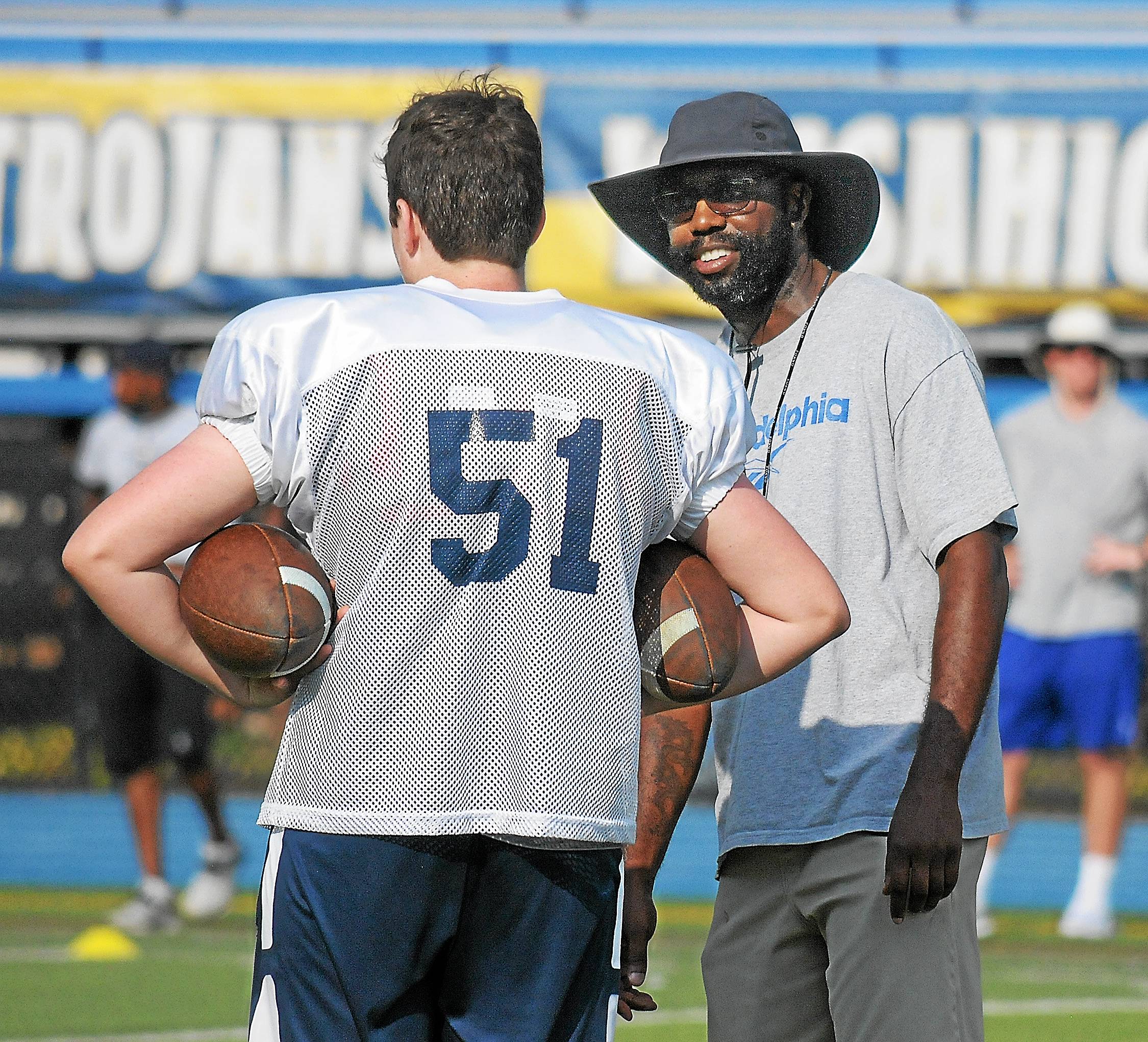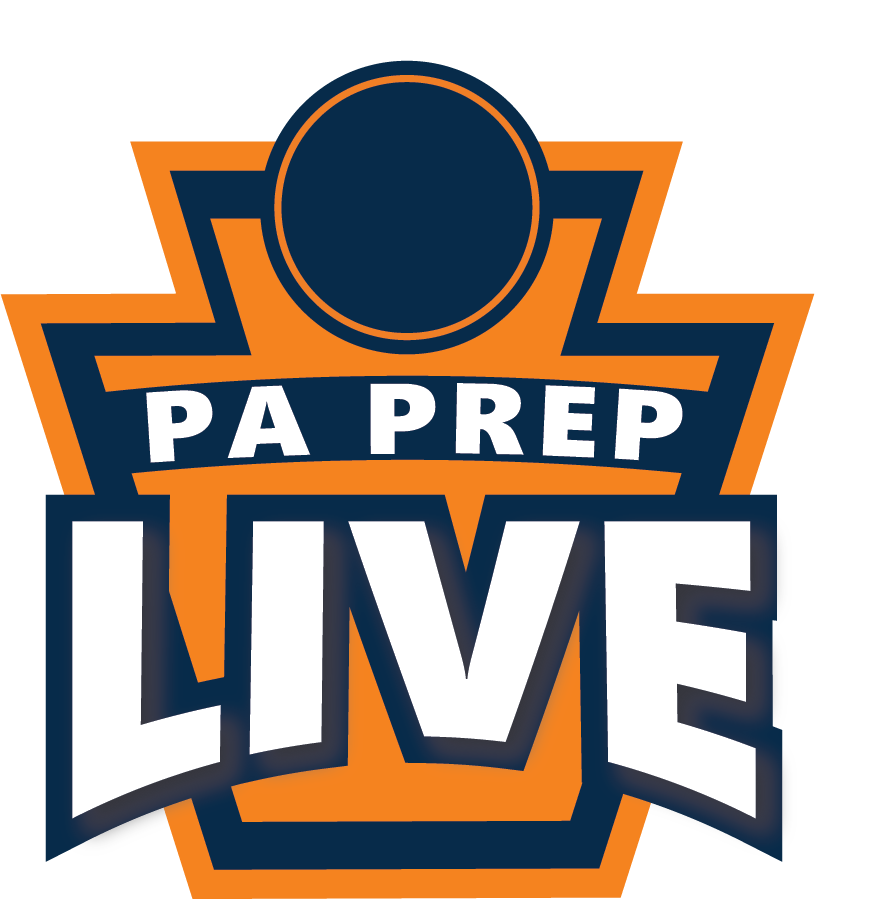
Cheltenham’s Nase, Wissahickon’s Fleming talk importance of football
Anyone who follows Cheltenham head football coach Ryan Nase on Twitter knows how passionate he is about having a high school season this year. A 15-minute phone call Thursday afternoon cemented just how deeply he cares.
Nase, entering his fourth year leading the Panthers, is a Philly kid and still lives there today with family members attending the city’s public schools. He was the first person in his family to attend college and knows he couldn’t have gone to Lafayette without football.
“Cheltenham is an interesting school district in that we have people of all races, ethnicities and socio-economic statuses,” he said. “We run the gamut of what football and athletics could potentially do for kids’ lives.
“For certain kids in Cheltenham and particularly for a significant amount of kids in Philly, they view football as their only way out. Not that academics aren’t important because they are and we all know that the academic piece has to be taken care of in order for the athletics to take care of itself, but without football there is a lot of loss of motivation for that academic success as well. That’s why I’m so passionate about this.”
Aside from the very small percentage of athletes that are committed to Power 5 colleges, senior film plays a big role in getting scholarships.
“The ESPN Top 300 are getting offers their sophomore or junior years or those very special kids getting offers as freshmen,” Wissahickon’s third year head coach Bruce Fleming said, also mentioning the importance of senior seasons for those who won’t be playing beyond high school, “but the vast majority of guys that are going on to play college football are not the guys that are going to play Division 1, but are the guys that are playing at the FCS level, the Division 2 and Division 3 and the NAIA levels of football. A lot of those guys – their opportunity comes from playing their senior year.”
“Everything from FCS through D3,” Nase added, “that senior film is important. The other thing that is worrisome is if kids in Southeastern PA don’t get the opportunity to put those senior tapes out there, that the teams in other places in the state, New Jersey and Delaware and other states who get that senior film — they’re going to get those opportunities. I understand the physical safety — it is No. 1 — but you’re talking about a potential loss of hundreds of thousands of dollars for poor young black kids who need these opportunities in the Philadelphia area. I don’t think that gets the attention it deserves. I’m not saying athletics are more important than academics, but let’s face it — there are a lot more people at a lot more schools on full athletic scholarships than there are on full academic scholarships.”
Cheltenham and Wissahickon, like the rest of the District 1 schools, are on hold until Aug. 21, when the PIAA is supposed to release more information. In a perfect world the PIAA will give the green light and school districts will approve a season. Athletes will return for voluntary workouts before the heat acclimation period and eventually the regular season will kickoff in late September or early October.
The PIAA released guidelines at the end of July for fall sports to limit the spreading COVID-19. The football suggestions included limiting gameday rosters, extending the player box to both 10-yard lines for increased social distancing, encouraging players to wear clear plastic face shields on helmets and coaches using methods other than huddles to communicate with players.
“If my team is 60 guys,” Fleming said, also noting that spreading players between the 10-yard lines and communicating via hand signals are doable, “reducing that gameday roster maybe down to 40 just to make sure we can properly social distance on the sideline — that’s reasonable. Some of those 20 guys may be JV guys that might not get a chance to play on Friday night. They look forward to being on the sideline on Friday night, but I understand the circumstances.”
“I don’t know that football coaches are necessarily the smartest of guys, specifically myself,” Nase joked, “but I know certainly we’re the most creative. If you tell us there is a way to get it done, we will figure out a way to get it done … I think that one thing football coaches and coaches of any sport really are good at is taking all the information and making plans. Our Athletic Director Suni Blackwell has done an absolutely incredible job thinking outside the box and working with coaches to make whatever needs to get done done. At the end of the day, that’s what it’s about. If it’s important enough to us we can get it done.”
If the powers that be deem it not safe enough to play football this fall, Nase sees moving the traditional fall sport to the spring as a viable option.
“We played 16 games (in 2019) in 16 weeks,” he said. “Playing a condensed schedule in the spring of five or six games and then giving a couple weeks or months off before coming back — I think that’s legitimately a possibility. If it comes down to playing this fall, I find it hard to believe many teams in Southeastern PA other than maybe the Philadelphia Catholic League are going to play. I know from talking to people in the Lehigh Valley, the Harrisburg area, the Scranton area — out in central and western PA they’re ready to go and it’s kudos to them.”
Fleming agrees a spring season is possible, but sees a few potential problems.
“I have guys who play three sports,” Fleming said. “Football is not their No. 1 sport but they love to play it and they might be valuable to me but I know if basketball is their better sport where they have a chance to play at the college level they are going to choose to play that and the same when it comes to whatever their spring sport is. For smaller schools where you have multi-sport athletes it’s going to come down to making a choice for them.
“Outside of those multi-sport guys, I think about the guys who do have Division 1 offers. I find it hard for them to play in the spring, knowing that if college football starts up normally in the fall, to have less time allowing their body to heal before going into a fall camp at the college level is not good for recovery. If those players come to me and say, ‘Hey coach I’m going to sit out the spring season to make sure my body is prepared for the fall,’ it will be upsetting, but I understand why they’re making that decision and I would support them on that decision.”

